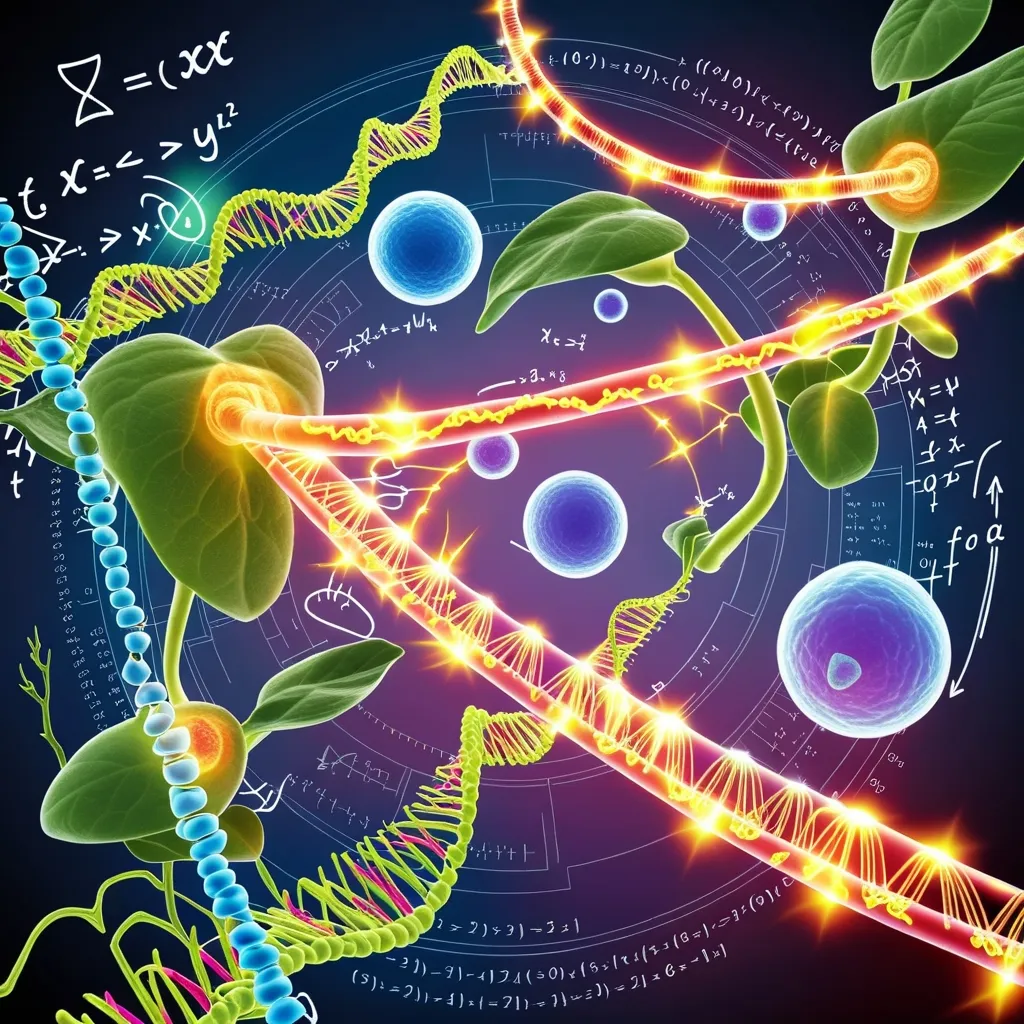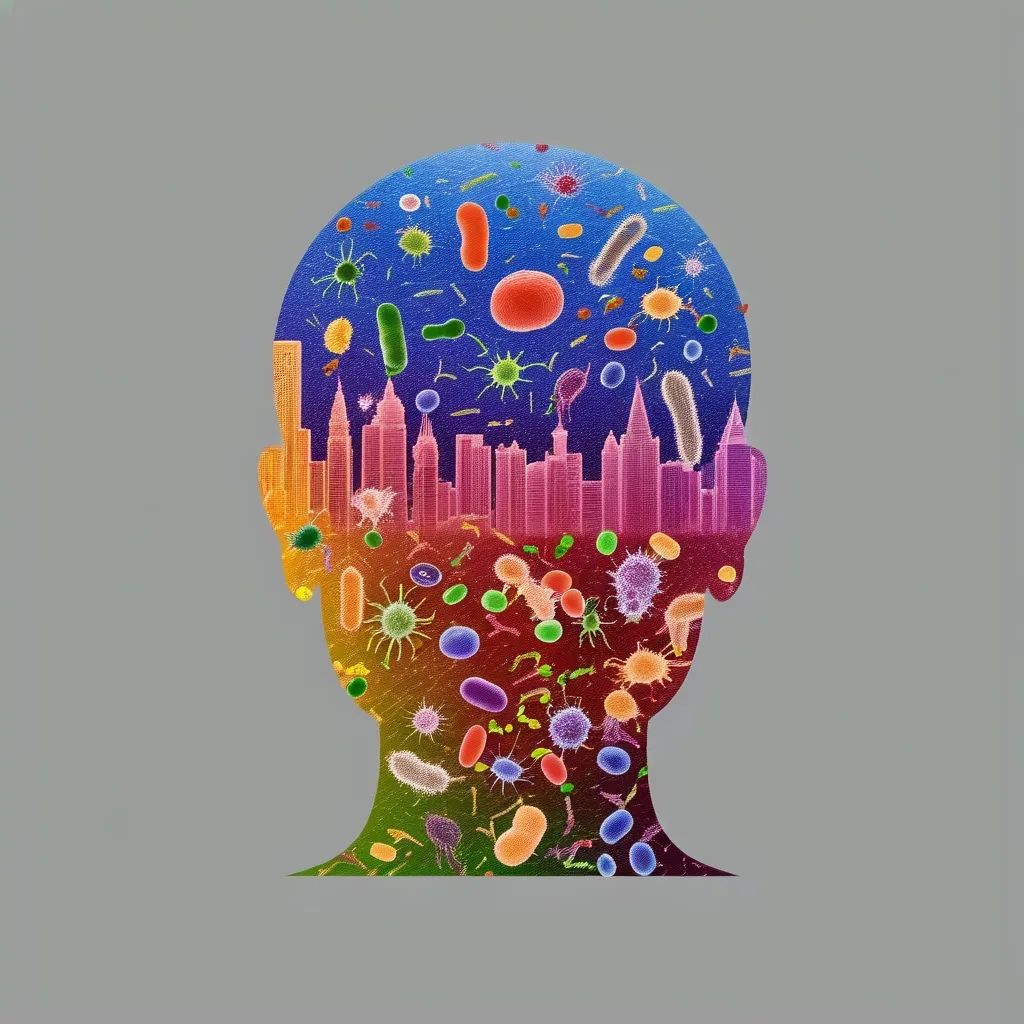Biophysics: Where Physics Meets Biology
Ever wondered how the tiniest parts of our bodies work? Or how entire ecosystems function? Welcome to the fascinating world of biophysics, where the laws of physics help us unlock the secrets of life itself.
Biophysics is like a scientific melting pot, bringing together experts from physics, biology, chemistry, and more. It’s all about using physics principles to figure out biological puzzles. Think of it as putting on special physics goggles to look at living things in a whole new way.
Let’s take a stroll through this exciting field and see how it’s changing our understanding of life and shaping our future.
The DNA Double Helix: A Biophysics Triumph
Remember learning about DNA in school? That famous double helix structure wasn’t discovered by chance. It was the result of some clever biophysics work. Back in 1953, James Watson and Francis Crick used X-ray diffraction techniques to peek into the structure of DNA. Their discovery was like finding the blueprint of life itself.
This breakthrough wasn’t just a big deal for biology. It showed how powerful biophysics could be in solving life’s mysteries. It’s like they found the key to a door we didn’t even know existed.
Nerves, Plants, and Energy: Biophysics in Action
Biophysicists are like detectives, always investigating how things work in nature. They’re figuring out how our nerve cells talk to each other, which is pretty important for, well, everything we do. They’re also looking into how plants turn sunlight into energy through photosynthesis.
Why does this matter? Well, understanding these processes could lead to better treatments for diseases, more productive crops, and even new ways to create clean energy. It’s like biophysicists are unlocking nature’s secrets to help solve some of our biggest challenges.
From Microscopes to Ecosystems
Biophysics isn’t just about the tiny stuff. These scientists also study entire organisms and ecosystems. Some biophysicists are out there tracking pollutants in the air or figuring out how to turn algae into fuel. They’re helping us understand our environment and how to protect it.
It’s pretty cool to think that the same field studying molecules in our cells is also looking at how whole ecosystems work. Biophysics really covers it all!
Life-Saving Technologies
Ever had an MRI or a CT scan? You can thank biophysics for that. These amazing medical imaging tools came from biophysics research. They let doctors see inside our bodies without cutting us open, which is pretty neat when you think about it.
But it doesn’t stop there. Biophysics has given us kidney dialysis machines, radiation therapy equipment, and even artificial heart valves. It’s like biophysicists are the unsung heroes behind many of our medical miracles.
Understanding How We Move
There’s a whole branch of biophysics called biomechanics that’s all about how our bodies move. This research is crucial for designing better prosthetic limbs and helping people with physical disabilities.
Imagine being able to create an artificial limb that moves just like a real one. That’s the kind of thing biophysicists are working on. They’re studying every little detail of how our bodies work to help improve people’s lives.
Glowing Cells and Tiny Highways
Here’s something cool: biophysicists can make cells glow under microscopes. It’s not just for fun (though it does look pretty awesome). This technique lets them watch how things move inside cells in real-time.
It’s like they’ve put tiny traffic cameras inside our cells. They can see how hormones move around and how cells communicate with each other. This kind of research is super important for understanding diseases and developing new treatments.
Computers and Biology: A Perfect Match
Biophysicists aren’t just using microscopes and test tubes. They’re also teaming up with computer scientists to create models of complex molecules like proteins and viruses. These computer models help in finding new ways to treat diseases and understand how proteins can cause problems like cancer.
Some biophysicists are even building neural networks to figure out how our brains process what we see and hear. It’s like they’re creating a computer version of our nervous system to understand it better.
Teamwork Makes the Dream Work
One of the coolest things about biophysics is how it brings different scientists together. You might have a physicist working with a biologist, a chemist, and an engineer all on the same project. It’s like a scientific superhero team, each bringing their own special skills to solve tough problems.
This teamwork approach leads to some really innovative research. For example, at the University of Michigan, scientists from all sorts of backgrounds are working together on projects ranging from advanced spectroscopy to creating new materials inspired by nature.
The Future is Bright
As technology keeps advancing, biophysicists are going to be able to do even more amazing things. They’ll develop new treatments for diseases we thought were incurable. They’ll help us understand our environment better and maybe even find ways to reverse climate change.
Biophysics is like a bridge between the basic laws of physics and the complex world of living things. It’s helping us understand ourselves and our world in ways we never thought possible.
In a nutshell, biophysics is changing the game in science. From figuring out the structure of DNA to creating life-saving medical technologies, it’s been at the forefront of some of the biggest scientific breakthroughs.
As we keep exploring and discovering, biophysicists will play a huge role in solving some of our biggest challenges. Whether it’s improving healthcare, protecting our planet, or just understanding how our bodies work, biophysics is showing us what’s possible when different scientific fields come together.
So next time you hear about a new medical treatment or a breakthrough in understanding how our bodies work, remember there’s probably some biophysics magic behind it. It’s a field that’s literally changing our world, one molecule at a time.






